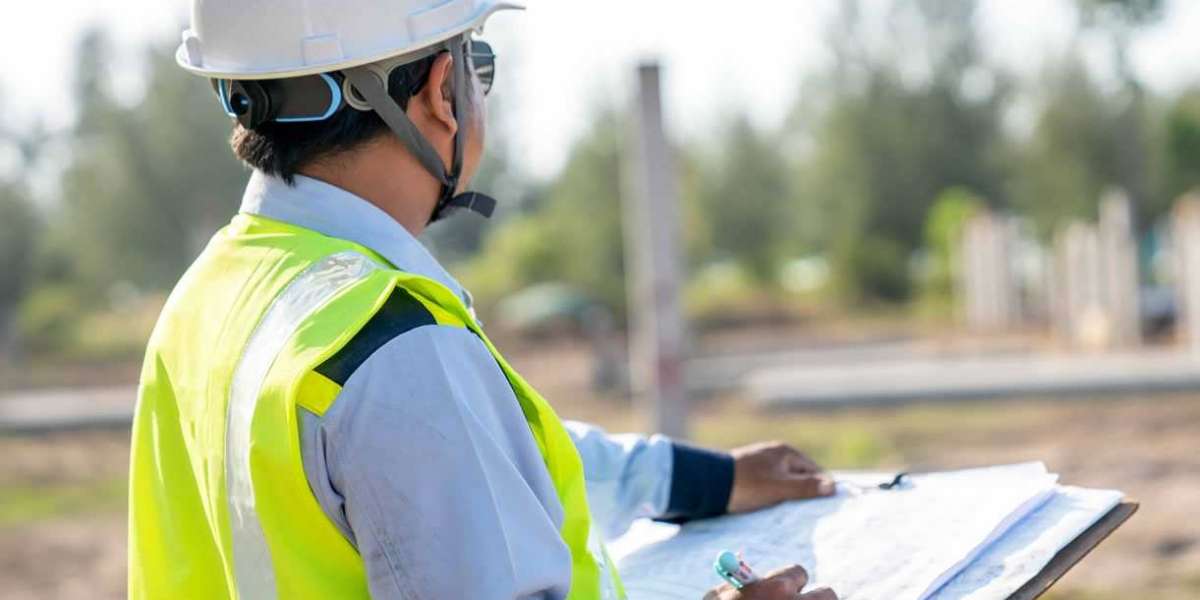The excitement of building a new home in Woodland, GA, is undeniable. You’ve chosen the lot, pored over the blueprints, and watched as your dream home slowly took shape from the ground up. It’s a process filled with anticipation and the powerful assumption that because it’s new, it must be perfect. The walls are straight, the paint is flawless, and everything smells of fresh lumber and new beginnings.
It’s a comforting thought, but it’s also a potentially costly misconception. The reality is that new construction is a complex symphony of multiple trades, tight deadlines, and human labor. Even the most reputable builders can have oversights. A subcontractor might be rushed, a material might have a hidden defect, or a crucial detail in the plans might be misunderstood during construction.
These aren't necessarily signs of poor craftsmanship; they are often simple, honest errors. But for you, the homeowner, these errors can become long-term headaches, leading to expensive repairs down the road. This is why the smartest investment you can make in your new build isn't an upgrade to the countertops—it's the independent verification of a New Construction Inspection.
The Hidden Flaws Behind the Shiny Surfaces
It’s natural to trust that a new home, having passed municipal inspections, is free of issues. However, it's critical to understand the scope and limitations of these official checks. Municipal inspectors are incredibly valuable, but their role is to verify compliance with the minimum building codes for health and safety. They are often overworked, visiting dozens of sites in a single day, and their inspections are necessarily brief.
They are not there to ensure the level of quality and finish that you, as the homeowner, expect. Their goal is to confirm that the structure won't collapse and that the wiring won't start a fire. They are not tasked with checking for:
- Improperly installed windows that lead to drafts and high energy bills.
- Inadequate attic ventilation that can prematurely age your roof shingles.
- Low-grade plumbing fixtures that may fail prematurely.
- HVAC ducts that are poorly connected and leaking conditioned air into your attic.
These are the kinds of issues that an independent inspector has the time and focus to find. They work for you, with your interests as their sole priority.
The High Cost of "It's New, It Must Be Fine"
Ignoring the need for an independent inspection because the home is new is a significant financial gamble. Consider these real-world scenarios that inspectors commonly uncover in new builds:
- A Foundation Hairline Crack: While often minor, the direction and width of a crack can indicate settling issues that need to be addressed immediately, before the builder's warranty expires.
- Faulty Electrical Wiring: An outlet wired with reversed polarity (a surprisingly common error) is a shock hazard. A missing GFCI outlet near a kitchen sink violates code and puts your family at risk.
- Poor Grading: If the soil around your foundation slopes toward the house instead of away from it, you are inviting water directly into your basement or crawl space, leading to moisture damage and mold.
Without an inspection, you might not discover these problems until after you’ve closed on the home and the builder has moved on to their next project. At that point, getting them resolved can become a lengthy and frustrating battle.
The Solution: A Phased Approach to New Construction Inspection
A comprehensive new construction inspection isn't a single event; it's a process. To truly protect your investment, it’s wisest to have the home inspected at three critical phases of construction. This phased approach allows issues to be identified and corrected before they are covered up by the next stage of work.
Phase 1: The Pre-Pour Foundation Inspection
This happens after the foundation forms and reinforcing steel (rebar) are in place, but before the concrete is poured. Once that concrete flows, any errors are permanently locked in place.
- What the Inspector Checks: They verify the foundation's dimensions match the plans, check the rebar size and spacing for structural integrity, and look for proper vapor barrier installation. They also assess the site grading to ensure water will drain away from the home.
- Catching a Problem Early: An inspector might find that the rebar is not on the proper chairs, meaning it will sink to the bottom of the pour instead of being suspended in the concrete where it provides tensile strength. Correcting this before the pour is simple; fixing it afterward is impossible.
Phase 2: The Pre-Drywall Framing and Rough-In Inspection
This is arguably the most important inspection. The skeleton of your home is complete, and the electrical, plumbing, and HVAC systems have been run through the walls. Everything is still visible.
- What the Inspector Checks: The inspector examines the structural framing, looking for proper stud spacing, correct window and door header sizes, and evidence of structural compromises. They also check the "rough-in" work of all the major systems: electrical wiring, plumbing pipes, and HVAC ductwork.
- Catching a Problem Early: This is when an inspector might find a drain line without a proper slope, which will cause chronic clogs. They might spot a load-bearing wall that has been notched too deeply by a plumber, compromising its strength. Identifying this now allows the builder to fix it easily. Once the drywall is up, diagnosing and repairing such an issue becomes incredibly invasive and expensive.
Phase 3: The Final Walk-Through Inspection
This occurs when the home is 100% complete, just before your final closing. This is a detailed, top-to-bottom examination of the finished product.
- What the Inspector Checks: The inspector tests all appliances, checks outlets and light fixtures, examines the installation of windows and doors, and assesses the finish quality of flooring, paint, and trim. They will operate the HVAC system, test water pressure and drainage, and ensure all agreed-upon items have been completed.
- Catching a Problem Early: The inspector’s final report might include a list of items like a garage door opener that doesn't auto-reverse (a critical safety feature), a kitchen faucet with a slow leak, or tiles that are already cracking due to an insufficient subfloor. This provides you with a powerful, professional "punch list" to present to the builder for correction before you sign the final papers.
The Tangible Benefits: More Than Just a Report
Investing in a phased inspection process delivers profound returns, both financial and emotional.
Financial Safeguarding and Negotiating Power
The inspection reports provide you with objective, documented evidence. This transforms your position from a hopeful homeowner to an informed client. You can confidently request that the builder rectify all identified issues, ensuring you don’t inherit costly repair bills. This proactive approach saves you thousands of dollars in future repairs and protects the value of your investment from the very first day.
Long-Term Peace of Mind and Quality Assurance
Beyond the money, this process grants you something invaluable: confidence. You can move into your new home knowing that its core systems have been professionally vetted. You’ve ensured that the "unseen" parts of your home—the structure, the wiring, the plumbing—are as sound as the beautiful finishes you see every day. This allows you to truly enjoy your new space without the nagging worry of what might be hiding behind the walls.
A Smoother Relationship with Your Builder
A professional inspection provides clarity for everyone. It’s not about being adversarial; it’s about ensuring the home is built to the highest standard. Presenting a detailed report from a third-party expert often makes the correction process more efficient and less personal. It gives the builder a clear checklist to work from, which can help prevent disputes and ensure a positive conclusion for all parties.
Your Next Step: A Secure Foundation for Your Future
Your new home in Woodland is more than just a structure; it's the backdrop for your family’s future memories. Protect that future by verifying the quality of its construction. Don't assume that new means perfect. Empower yourself with knowledge.
A phased New Construction Inspection Woodland GA process is the single most effective strategy to ensure your dream home is built to last, providing safety, comfort, and value for decades to come. It is the key to turning the excitement of a new beginning into the confidence of a sound and secure investment.








